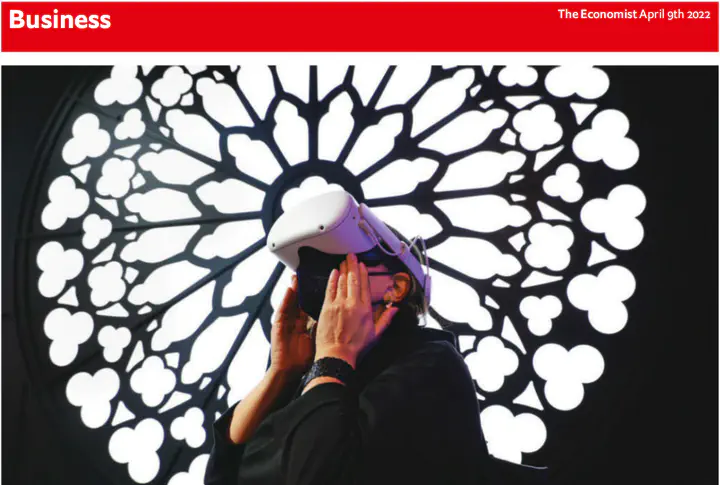Seeing and believing

Tech firms are betting that “extended reality” glasses could be the next big product—and perhaps the next big platform
With eyes like saucers, nine-year-old Ralph Miles slowly removes his Quest 2 headset. “It was like being in another galaxy!” he exclaims. He has just spent ten minutes blasting alien robotswith deafening laser cannons—all the while seated silently in the home-electronics section of a London department store.Sales assistants bustle around, advertising the gear to take home today. “That would be sick!” enthuses Ralph. “Don’t get him started,” warns his dad.
Children are no longer the only ones excited about “extended reality”, a category which includes both fully immersive virtual reality (vr) and augmented reality (ar), in which computer imagery is superimposed onto users’ view of the world around them. Nearly every big technology firm is rushing to develop a vr or ar headset, convinced that what has long been a niche market may be on the brink of becoming something much larger.